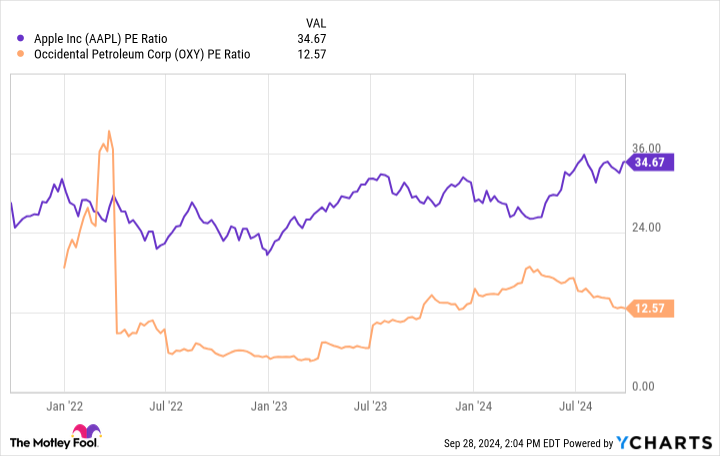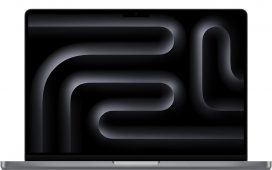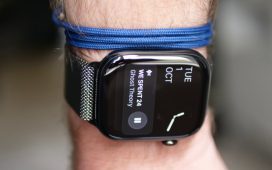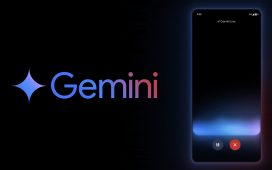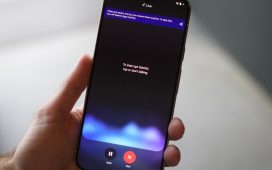Warren Buffett finally did it. After making a monster investment in Apple (NASDAQ: AAPL) many years ago and watching it appreciate by multiples of his cost basis, the legendary investor is trimming Berkshire Hathaway‘s (NYSE: BRK.B) stake. According to filings with the SEC, Buffett has sold approximately half of Berkshire’s stake in Apple, raising around $80 billion in cash. Yes, that’s how big a winner Apple was for the company.
What is he doing with all this cash? The largest stock purchase for Berkshire Hathaway in the second quarter was Occidental Petroleum (NYSE: OXY). Here’s why he is selling Apple and buying this oil stock instead.
Expanding Apple valuation
Apple has made its investors a fortune over the last few decades. After releasing the revolutionary iPhone — perhaps the most successful single product in history — its stock has generated huge returns for shareholders. Total return in the last 10 years alone is close to 1,000%.
While that is all fine and dandy, today the company is seeing stagnating revenue growth amid market saturation for smartphones. Revenue has essentially been flat over the last few years as fewer people have upgraded to new iPhones, which is the only true needle mover for the company. It has struggled to innovate and convince people to buy new phones while battling a consumer recession in China. Recent products such as the Apple Vision Pro look like flops so far, and the company has fallen behind in artificial intelligence to competitor Alphabet.
Stagnating sales are coupled with an expanded earnings multiple. Apple’s price-to-earnings ratio (P/E) is now closing in on 35, which is wildly expensive for a low-growth business. Given Buffett’s intense focus on valuation in his investment process, it is no surprise to see him unloading his shares in the iPhone maker. The upside doesn’t look too appetizing at these levels.
A cheap oil stock?
Buffett’s biggest purchase last quarter was in Occidental Petroleum. Berkshire Hathaway owns a whopping 27.25% of Occidental’s outstanding shares, making it the largest shareholder by far in the company.
Why is Buffett attracted to the stock? First and foremost is the valuation. Oil and gas companies have been neglected by investors for years as they focus on exciting technology companies. Occidental Petroleum trades at a P/E of 12.6, which is around one-third that of Apple. The company is one of the largest oil producers in the United States, with over 82% of its production coming from domestic sources. This makes it less risky than other oil companies that have to deal with adversarial foreign governments.
Occidental can also play as a hedge for oil prices. Rising oil prices can be inflationary and affect other parts of the economy and the Berkshire Hathaway portfolio. If oil prices rise, Occidental Petroleum will benefit, but likely hurt the earnings power of Berkshire’s railroad subsidiary by increasing input costs. This way, Berkshire Hathaway is playing both sides of the situation. No matter what happens, it comes out on top.
Even better for Buffett, Occidental trades at a cheap P/E when oil prices are falling. The current level for crude oil is $68 a barrel, which is well off the highs of around $100 a barrel or higher in 2022. If the price of oil starts to rise again, Occidental’s earnings power will rise too.
A lesson in the risk-free rate
With his selling of Apple and buying of Occidental Petroleum, Buffett is giving investors an important lesson in the risk-free rate and how it can affect your investing decisions.
Today, Berkshire Hathaway has a cash pile approaching $300 billion sitting in short-term U.S. Treasury bills. These bills earn around 5% in yield every year and can be considered the risk-free rate for investors. Why? Because you can compare them to the earnings yield of other stocks in your portfolio.
An earnings yield is the inverse of the P/E and tells you how much in earnings you are yielding each year from a company, based on the current stock price. Apple’s earnings are not growing, and it has a P/E of close to 35. Invert that P/E, and you have an earnings yield of 2.9%. Buffett is saying he would rather own Treasury bills than get a 2.9% yield owning Apple stock.
But what if we look at Occidental Petroleum’s earnings yield? Take one divided by 12.6, and its earnings yield is 7.9%. That is much higher than the current Treasury yield. While it’s not the entire story for any stock, comparing the earnings yield to the risk-free rate is a good way to gauge whether you should buy the stock. This likely came into consideration when Buffett was selling Apple and buying shares of Occidental Petroleum.
Should you invest $1,000 in Berkshire Hathaway right now?
Before you buy stock in Berkshire Hathaway, consider this:
The Motley Fool Stock Advisor analyst team just identified what they believe are the 10 best stocks for investors to buy now… and Berkshire Hathaway wasn’t one of them. The 10 stocks that made the cut could produce monster returns in the coming years.
Consider when Nvidia made this list on April 15, 2005… if you invested $1,000 at the time of our recommendation, you’d have $716,988!*
Stock Advisor provides investors with an easy-to-follow blueprint for success, including guidance on building a portfolio, regular updates from analysts, and two new stock picks each month. The Stock Advisor service has more than quadrupled the return of S&P 500 since 2002*.
*Stock Advisor returns as of September 30, 2024
Suzanne Frey, an executive at Alphabet, is a member of The Motley Fool’s board of directors. Brett Schafer has positions in Alphabet. The Motley Fool has positions in and recommends Alphabet, Apple, and Berkshire Hathaway. The Motley Fool recommends Occidental Petroleum. The Motley Fool has a disclosure policy.
Warren Buffett Is Selling Apple Stock and Buying This Magnificent Oil Stock Instead was originally published by The Motley Fool

